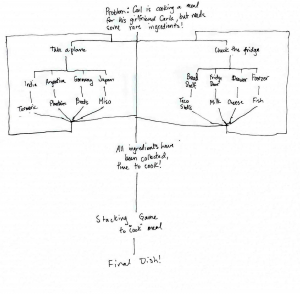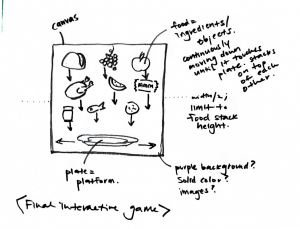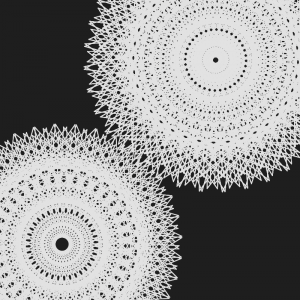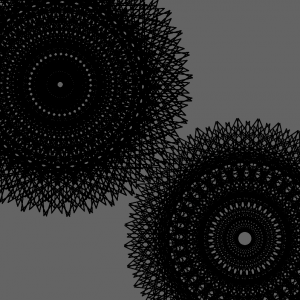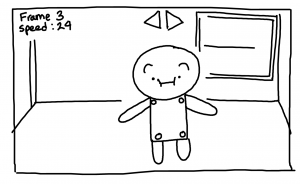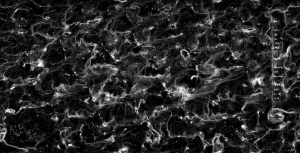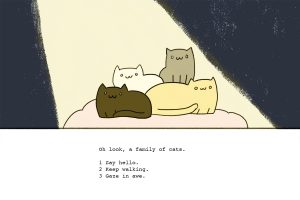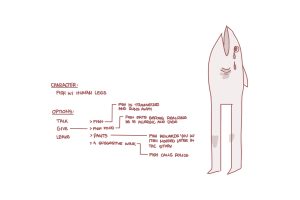For our project, Rachel and I are working off of two inspirations. The first is a choose-your-own-adventure game created by a group of five students at MIT that allowed players to create alternate endings to the storyline of the Hunger Games. This is helpful to our process because it uses sound effects and animations that could be relevant to our process. Additionally, it was created by a student team that points towards a supremely beneficial exploration of various features or tactics.

^The original Tetris from 1984 by Alexey Pajitnov
Our other inspiration is rather well-known. One of the first “falling block” games ever created, Tetris has become one of the most distinguishable video games ever created. In an interview for the Guardian, Pajitnov wrote:
“Next I put together the procedures for manipulating the pieces: pick a tile, flip it, rotate it. But the playfield filled up in 20 seconds flat. Also, once you’d filled a line, it was kind of dead, so why keep it on the screen? So I made each full line disappear, which was key. I was a pretty good programmer and it took me about three weeks to get something controllable on screen. I pretended I was debugging my program, but in truth I just couldn’t stop playing it. When other people tried it, they couldn’t, either. It was so abstract – that was its great quality. It appealed to everybody.”
Our stacking game uses slightly different principles, but Tetris paved the way for determining issues of velocity, instance, and randomness, all of which will be extremely relevant to our final project.
![[OLD FALL 2017] 15-104 • Introduction to Computing for Creative Practice](https://courses.ideate.cmu.edu/15-104/f2017/wp-content/uploads/2020/08/stop-banner.png)
